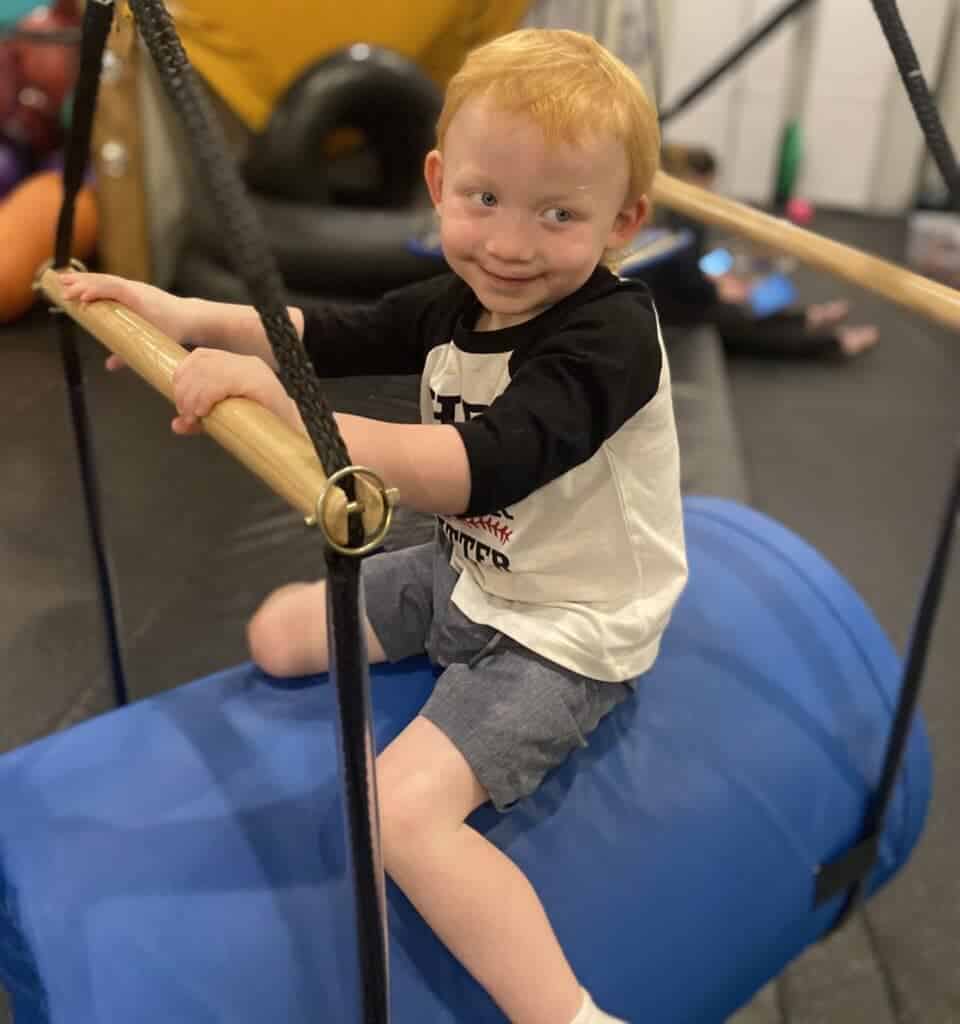As a pediatric physical therapist, one of the most common queries I encounter is, “Is my child on track with their physical development?” Understanding gross motor milestones and knowing when it might be time to seek professional guidance is vital for every parent. Here’s a concise guide to help you navigate this essential aspect of your child’s growth.
What are Gross Motor Milestones?
Gross motor milestones are the significant stages of physical development in a child’s life, starting from infancy to their early school years. They encompass skills involving large muscle movements of the body—think crawling, walking, jumping, and running.
Key Gross Motor Milestones:
1. Birth to 3 months:
– Baby begins to lift the head during tummy time.
– Gradual improvement in head control.
2. 4 to 6 months:
– Rolling over (from tummy to back and vice versa).
– Sitting with support and starting to sit independently.
3. 7 to 9 months:
– Starts to crawl.
– Pulls to stand with support.
4. 10 to 12 months:
– Begins to stand without support.
– May take first independent steps.
5. 1 to 2 years:
– Walks independently and starts to run.
– Begins to climb stairs with support.
6. 2 to 3 years:
– Runs confidently and starts to jump.
– Climbs stairs one at a time without holding on.
7. 3 to 5 years:
– Begins hopping, swinging, and maybe even skipping.
– Rides a tricycle and stands on one foot for a short time.
When to Seek a Referral:
While every child develops at their own unique pace, there are general timeframes in which most children acquire these skills. It’s essential to remember that occasional delays are typical. However, if you observe the following, it may be time to seek a referral:
1. Consistent Delays: If your child is regularly missing milestones or is significantly behind their peers.
2. Loss of Skills: Any regression, like a child who once walked but now doesn’t, warrants a check.
3. Lack of Coordination: If your child appears unusually clumsy for their age or struggles more than their peers with similar activities.
4. Uneven Muscle Use: For instance, if your child uses one side of their body more than the other.
5. Difficulty in Keeping Up: If they struggle to engage in age-appropriate activities or play due to physical constraints.
Your child’s health and well-being are paramount. Being proactive and seeking guidance when unsure can make all the difference. Trust your instincts as a parent, but also remember to seek expert advice when needed. Pediatric physical therapists are here to assist, guide, and provide the necessary interventions to ensure your child’s optimal physical development.

